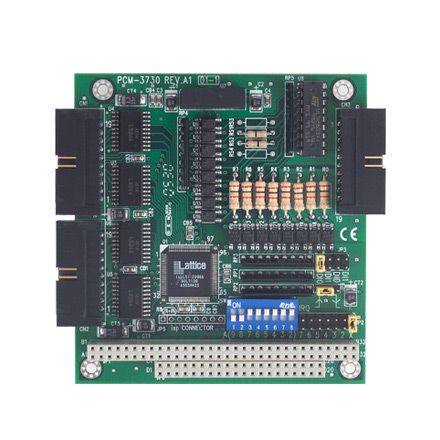

Understanding the Acid Etched Glass Process
Acid etched glass has become a popular choice in both residential and commercial applications due to its aesthetic appeal and functionality. The process of acid etching involves treating glass surfaces with an acid solution to create translucent, decorative patterns that diffuse light while preserving privacy. This article will delve into the intricacies of the acid etched glass process, exploring its methods, applications, and advantages.
The Process of Acid Etching
The acid etching process typically begins with a sheet of clear glass. The glass is first thoroughly cleaned to remove any impurities or oils that could affect the etching results. Once cleaned, a resist material, often a vinyl film or a waxy substance, is applied to the glass surface. This resist acts as a protective barrier for the areas of the glass where the etching is not desired.
After the resist has been applied, the glass is submerged in a solution of hydrofluoric acid or another suitable etching compound. The acid reacts with the exposed glass, creating a frosted appearance in those areas. The duration of the etching process can vary depending on the desired depth and texture; longer exposure leads to a more pronounced etched effect.
Once the etching is complete, the glass is removed from the acid solution and thoroughly rinsed to halt the chemical reaction. The resist material is then stripped away, revealing the intricate patterns left behind by the etching process. The final product is a beautifully textured piece of glass that is both functional and decorative.
Applications of Acid Etched Glass
Acid etched glass is widely used across various sectors due to its versatility. In residential settings, it is often utilized in bathroom privacy windows, shower doors, and interior partitions, allowing natural light to flow while ensuring privacy. Furthermore, acid etched glass can serve as a stunning backdrop in kitchen cabinets and shelving, adding a touch of elegance to interiors.

In commercial environments, acid etched glass is frequently employed for office partitions, reception areas, and conference rooms. The frosted finish not only enhances privacy but also helps in reducing glare from sunlight, creating a more comfortable working environment. Additionally, acid etched glass can be used for signage, offering a sleek and professional appearance for businesses.
Advantages of Acid Etched Glass
One of the primary advantages of acid etched glass is its ability to diffuse light while maintaining privacy. This makes it an ideal choice for spaces that require natural illumination without sacrificing confidentiality. Additionally, the aesthetic appeal of acid etched patterns can complement a wide range of design styles, from modern to traditional.
Moreover, acid etched glass is relatively low maintenance. The etched surface is easy to clean, as it does not show fingerprints or smudges as easily as clear glass. It is also a durable option, resistant to scratching and weathering, making it suitable for both indoor and outdoor use.
Another significant benefit is the customization options available. The acid etching process allows for a multitude of designs, patterns, and textures, tailored to meet the specific preferences of clients. This level of customization ensures that each piece is unique, adding a personal touch to any space.
Conclusion
The acid etched glass process is a fascinating intersection of art and science, producing beautiful and functional products that enhance both residential and commercial environments. With its myriad applications and advantages, it is no surprise that acid etched glass has emerged as a favored choice among designers and architects alike. Whether used for privacy, aesthetics, or both, acid etched glass continues to captivate with its elegance and versatility.